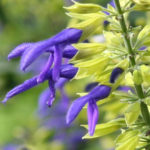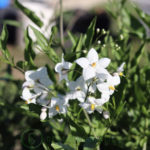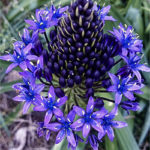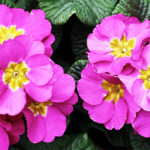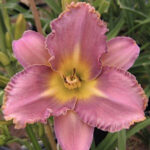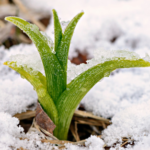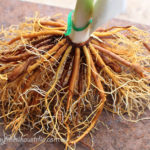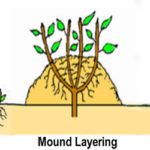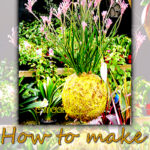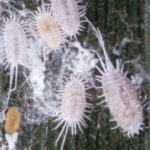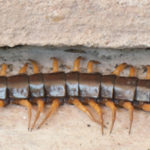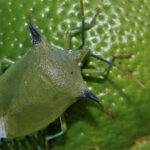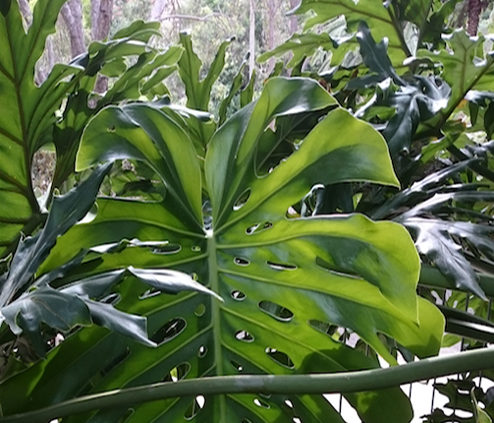
Monstera Deliciosa Fruit Salad Vine
Monstera Deliciosa Growing And Caring For Fruit Salad Plant
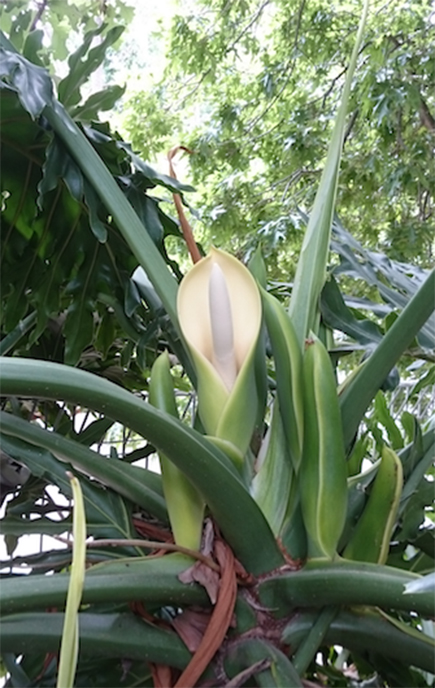 Monstera deliciosa also known as the Swiss cheese plant, Split Leaf Philodendron, Mexican breadfruit. Monstera deliciosa is recognised by its enormous rounded glossy decorative green leaves. To identify this plant, close to the midrib of the leaves are round to oblong holes followed by wide splits in the leaves, opening widest at the leaf margins. This only happens with age. Like most chosen houseplants, it naturally grows in the tropics and is at home to the rain forests of southern Mexico and Central America. It is unusual for this plant to send up flowers indoors, outdoors it bears green white flowers like those of a peace lily, which develop into edible fruit. The fruit is edible after flowering not forgetting the fruit can take between 12 to 18 months to ripen. It must be very ripe before you can eat it. The fruit is said to smell like bananas and pineapples (but I forgot to smell the flower when I took the photo), and supposedly tastes like fruit salad. The entire green variety is in no doubt the most sighted variety, while the loveable variegated white and green exotic colouration of, M. deliciosa variegate is much slower in growth and hard to find.
Monstera deliciosa also known as the Swiss cheese plant, Split Leaf Philodendron, Mexican breadfruit. Monstera deliciosa is recognised by its enormous rounded glossy decorative green leaves. To identify this plant, close to the midrib of the leaves are round to oblong holes followed by wide splits in the leaves, opening widest at the leaf margins. This only happens with age. Like most chosen houseplants, it naturally grows in the tropics and is at home to the rain forests of southern Mexico and Central America. It is unusual for this plant to send up flowers indoors, outdoors it bears green white flowers like those of a peace lily, which develop into edible fruit. The fruit is edible after flowering not forgetting the fruit can take between 12 to 18 months to ripen. It must be very ripe before you can eat it. The fruit is said to smell like bananas and pineapples (but I forgot to smell the flower when I took the photo), and supposedly tastes like fruit salad. The entire green variety is in no doubt the most sighted variety, while the loveable variegated white and green exotic colouration of, M. deliciosa variegate is much slower in growth and hard to find.
Photo was taken Albury Botanic Gardens NSW Australia.
Characteristics
Monstera deliciosa grows vertically, it is a climbing plant, it is an epiphyte – means it uses other plants to scramble over and rapidly climb on to large trees for help in its surroundings, this gives the plant physical support.
- It has large cut out leaves that makes a beautiful pattern on the leaf of the plant.
- Juvenile specimens have full leaves, as the plant gets older the splits in the leaves begin to appear.
- The plant produces long stiff brown aerial roots that are used to ramble and get a grip on trunks of trees when it grows, especially in its natural warm habitat in the rainforest jungles.
- It cannot support its self, by reason of its weight and weak stem, once it grows over two or three leaves. Eventually, it can climb to 60 metres, so this can make the plant top heavy. If you are growing swiss cheese plant in pots, it will need assistance from toppling over with a picket that they can grow around and on.
Where To Grow and Care
Monstera deliciosa plant care is low, they can be grown indoors at normal room temperatures, away from the sun shining through glass windows. Plants can be also grown outside in full shaded undercover locations in the garden doing their own thing, what they know best, climbing. Water them weekly and protect from frosts and full sun and watch them grow! Give them plenty of room. Keep out of the harsh sunlight or the giant leaves will become scorched. Swiss cheese plant only needs bright light to grow and develop lots of perforations in its leaves. Keep the leaves clean, freshen with soil every 12 months from soil loss. They are low maintenance and not fussy about soil or being too pot bound, needs moist soil that is well draining and fertilised every blue moon.
How To Propagate
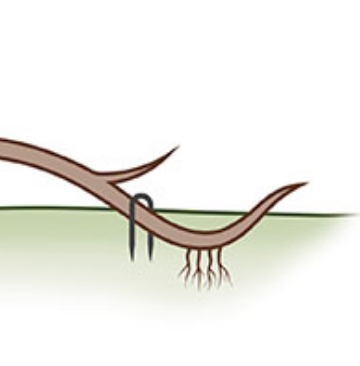
Apart from tissue culture and sowing seeds or air-layering, the easiest approach is to use compound layering, this form of propagation is the most effective and trustworthy way of propagating the ornamental plant Monstera deliciosa. It is simple and worth it if you already have a large plant and you want more of the exact plants quickly. To do this, peg down the vine near the end of the stem into the ground. Depending on the size of the plant, it is best to have the right gauge wire. Use either a metal wire coat hanger or wire of high tensile thickness depending on how thick the evergreen vine is. Larger plants will need heavy duty wire or even resting a brick on top so the stem doesn’t move. When you insert the bent wire over the stem with both ends close to each side of the stem push down deep so the wire sits firmly on top of the stem and keeps it in place while the roots form. You may need to do this several times to hold the plant in its right ground position. Once the roots have formed to complete this form of propagation, disconnect the main stem and cut the vine before the roots.



